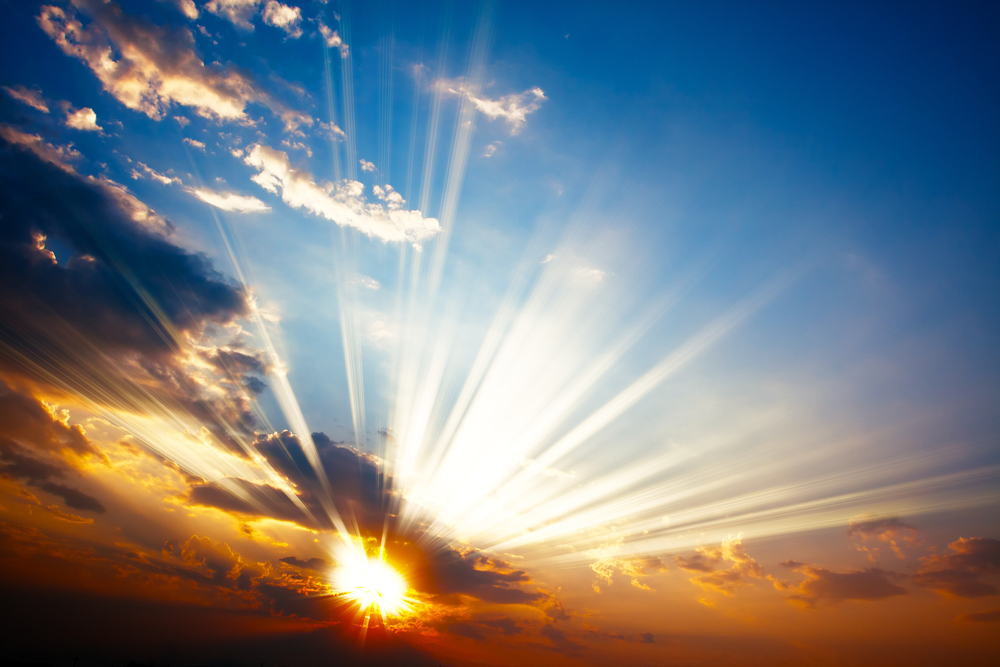We wait for them during the entire winter and most of spring, but finally they have arrived, those nice, warm sunny days. They get us thinking about holidays and sunbathing; they boost our morale and make us feel happier. This is the time of the year where we start to envy those working outdoors such as construction workers, gardeners and postmen… We think they’re lucky because they get to enjoy all those benefits the sun brings all day long, but are they?
Overexposure, as well as regular and prolonged exposure, to the sun can cause sunburns, skin ageing, eye damage and skin cancer. It may also affect the immune system.
“The incidence of both non-melanoma and melanoma skin cancers has been increasing over the past decades. Currently, between 2 and 3 million non-melanoma skin cancers and 132,000 melanoma skin cancers occur globally each year. One in every three cancers diagnosed is a skin cancer.” Source World Health Organization (1)
From a young age we’re all exposed to the sun’s radiation to some degree, so it’s hard to attribute skin cancer to occupational exposure only. None the less, as solar radiation presents health risks, Health and Safety Practitioners have to consider it when carrying out occupational risk assessments. UV radiations (UVR) are not only present when the sun shines, but also on cloudy days. People who work outdoors are the most likely of all workers to suffer health damage from exposure to UVR, but they’re not the only ones. For example, we’re not protected by windows unless protection film or treatment has been applied on them. Plain window glass used for the side windows in cars usually only has an ultraviolet protection factor (UPF) of about 12, which provides only moderate protection.

The factors to consider when doing your risk assessment for sun exposure (2) are:
- The type of sun radiations:
- Direct sun radiation.
- Sun radiation scattered from the atmosphere.
- Sun radiation reflected from the environment, e.g. ground reflection.
- The level of sun radiation:
- Sun elevation (the higher the sun, the more intense the UVR) which varies depending on the time of year and time of day.
- Cloud cover (heavy clouds can reduce UVR).
- Latitude (the closer to equatorial regions, the higher UVR).
- Altitude (the UVR is higher at higher altitudes).
- Ozone layer (the thinner the ozone layer, the higher UVR).
- Ground reflection: grass, soil and water reflect less than 10% of UV radiation; fresh snow reflects as much as 80%; dry beach sand about 15% and sea foam about 25%.
- The type/spectrum of UVR: UVA, UVB or UVC.
- The duration of the exposure.
- The worker skin type, see IOSH – No Time to Lose Campaign – solar radiation pack (3).

What control measures can be put in place? Free advice, information and material can be downloaded at IOSH – No Time to Lose Campaign – solar radiation pack (3), or the National Institute for Occupational Safety and Health (NIOSH) (4), or Cancer Council Western Australia (5). Here is a summary of some of the measures you can take:
- Limit time in the midday sun.
- Check the UV index (indicative table provided by WHO (6).
- Use shade wisely (and consider the reflective radiation, e.g. shaded area next to a water surface such as pool, river, sea).
- Wear protective clothing including clothes, hat and sunglasses:
- Shields, visor and cap to ensure protection of the skin on the face.
- Gloves.
- Tight shoes and gaiters.
- Leather cap for the neck or neck shields.
- Long-sleeved clothing.
Note: Clothes tend to provide more protection if they (7):
- Are dark coloured.
- Are made of synthetic fabrics.
- Are dry – when some fabrics get wet, their protection can be halved.
- Have a close weave or are knitted.
- Use sunscreen that is water-resistant and has ‘broad spectrum’ protection, with a sun protection factor (SPF) of at least 30 and a UVA rating of four or five stars (used and applied as recommended).
- Drink plenty of water on warmer days to avoid dehydration.
- Fit security windows with filter effect in offices, cars, driver cabins, etc.
You also need to inform (8) and train your workers on the risk, and on how to spot the early signs of melanoma (9), and if there is a high risk, implement health surveillance.
Enjoy the summer and stay safe.
Cecile Lartigue
Biblography:
- How common is skin cancer? World Health Organization (WHO). [Online] http://www.who.int/uv/faq/skincancer/en/index1.html
- Introduction to UVR at work. OSHwiki. [Online] https://oshwiki.eu/wiki/Introduction_to_UVR_at_work
- Resource library. IOSH – No Time To Lose. [Online] http://www.notimetolose.org.uk/Free-resources/Resource-library.aspx
- Sun Exposure. National Institute for Occupational Safety and Health (NIOSH). [Online] http://www.cdc.gov/niosh/topics/sunexposure/
- Skin cancer. Cancer Council Western Australia. [Online] https://www.cancerwa.asn.au/resources/specific-cancers/skin-cancer/
- UV Index. World Health organization (WHO). [Online] http://www.who.int/uv/intersunprogramme/activities/uv_index/en/index3.html
- ICNIRP Statement on protection of workers against Ultraviolet radiation. ICNIRP. [Online] 2010. http://www.icnirp.org/cms/upload/publications/ICNIRPUVWorkersHP.pdf
- Sun and UV facts and evidence. Cancer Research UK. [Online] http://www.cancerresearchuk.org/about-cancer/causes-of-cancer/sun-uv-and-cancer/sun-facts-and-evidence
- Detecting Skin cancer leaflet. Cancer Research UK. [Online] http://publications.cancerresearchuk.org/publicationformat/formatleaflet/skinleaflet.html
